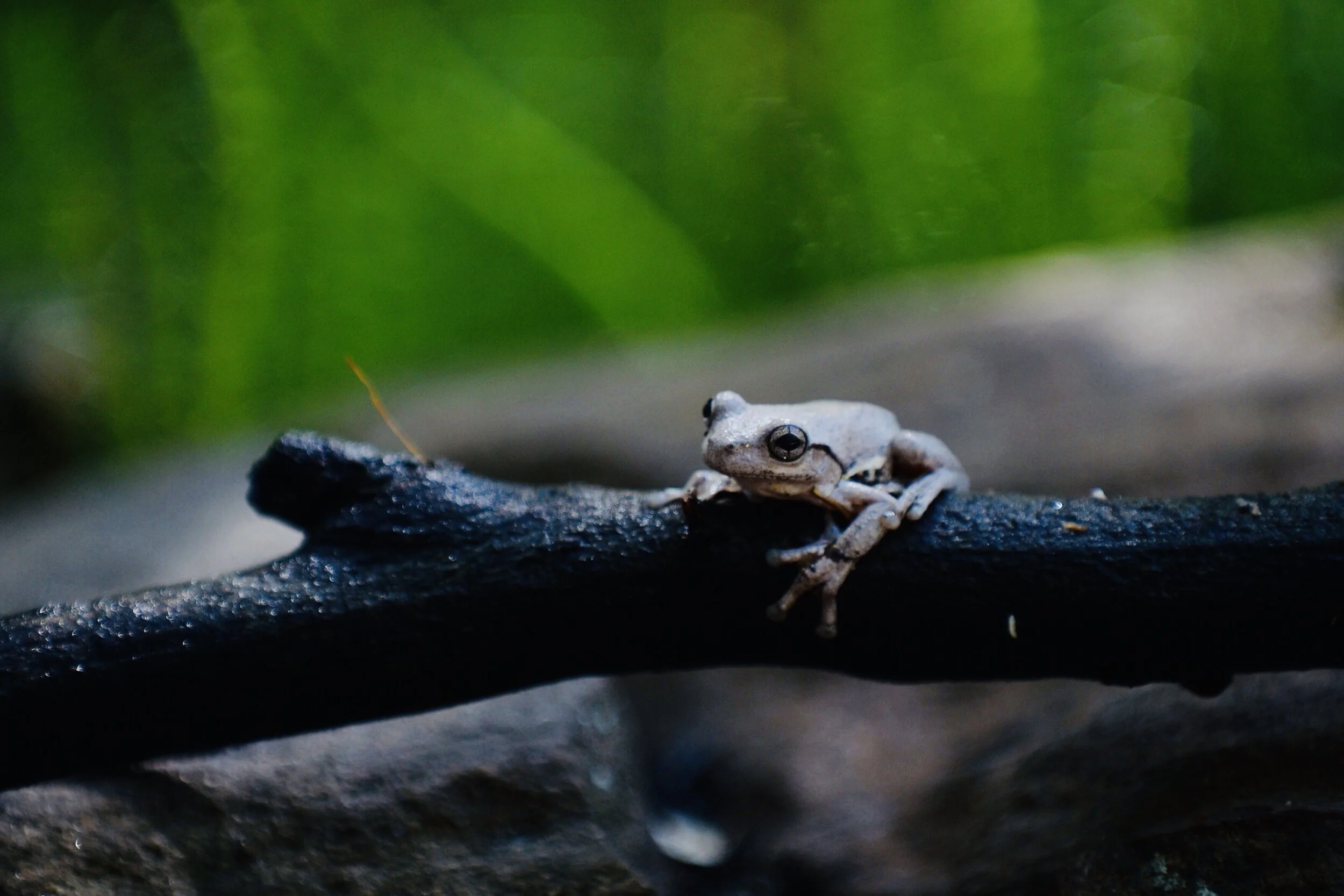Judy and Peter Smith have prepared four annotated checklists of vertebrate fauna in the GBMWHA, covering native mammals, birds, reptiles and frogs. The checklists indicate that at least 423 native terrestrial vertebrate fauna species have been recorded in the GBMWHA.
Turtle Island launched at Glenbrook Lagoon
Blue Mountains Fauna Inventory launched
Climate change impact on world heritage sites
Google has launched a new tool that allows anyone to monitor the impacts of climate change at five of the world's most precious cultural sites. The project, "Heritage on the Edge," uses 3D mapping and other tools to capture images of World Heritage Sites that can be used for conservation.
We need a vision for our environment
Dr. Jack Pascoe, who completed his PhD on Apex Predators in the GBMWHA under the supervision of Dr Rosalie Chapple, writes in the Guardian on the need for a vision for our environment, for the species and ecosystems it will support, and how our communities will sit within these environments.
How predators respond during fires
As climate change continues, large, intense, and severe fires will become more common. But what does this mean for animals living in fire-prone environments? New research published in the Journal of Animal Ecology looked at studies from around the world to identify how predators respond to fire.











